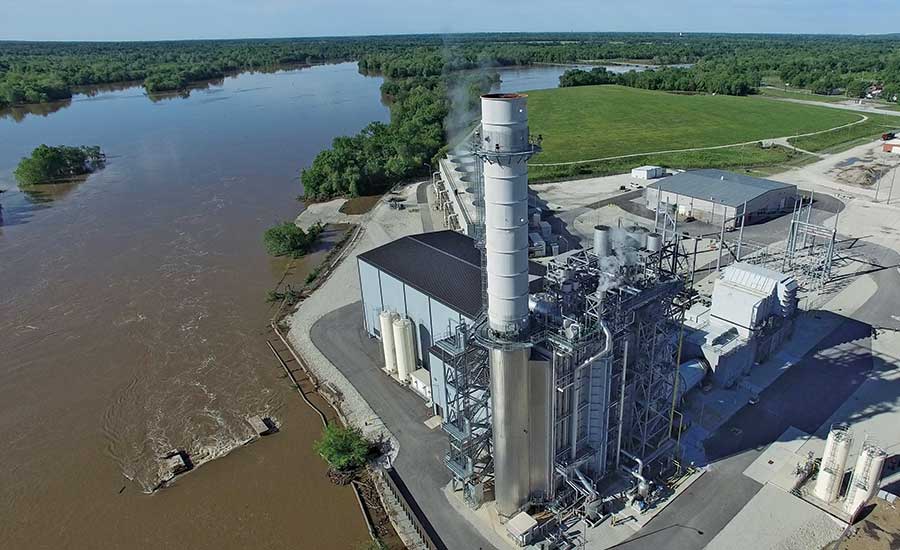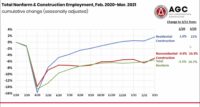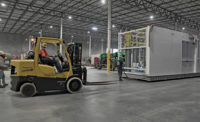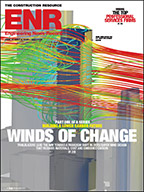While demand remains strong for renewable power generation and steady for natural gas, the rest of the picture for the power sector remains cloudy as government mandates are changing under the Trump administration.
Trump has withdrawn the U.S. from the Paris climate accord and signed an executive order that requires the U.S. Environmental Protection Agency to rescind the Clean Power Plan, which aims to reduce carbon emissions from power generation. The administration has ordered a review of the electricity grid, which, ultimately, could move electric generation away from renewables.
“Since the Clean Power Plan had already been stayed in early 2016, it has had very little impact on our current projects,” says Roger Lenertz, executive vice president of power at Black & Veatch. “The likelihood of its withdrawal or revision by the current administration is being considered in our support of long-range resource planning projects. However, it’s only one of numerous factors, such as market projections, that are informing strategic planning efforts.”
Related Link
ENR 2017 Top Design Firms Sourcebook
Asked about the trends that are driving the market, leaders from top design firms cited private ownership and development of generation plants, a continued need for better transmission and distribution infrastructure, and more reliance on renewables.
While utilities are building more generation, independent power producers still drive most work. IPPs sell power to public utilities and end users, and all the design firm leaders that spoke with ENR suggested IPPs will continue to play an important role in the U.S. market.
“The number of combined-cycle plants we’re seeing for the larger base-load plants in the 500- to 1,000-megawatt range is probably about the same that we’ve seen in the past two to three years—a half-dozen projects in the U.S. in any given year,” says Jack Daly, executive vice president of the fossil-power technologies group at Sargent & Lundy. “Last year, it was predominantly IPPs developing the larger plants. This year, we’ve seen more utilities bidding new baseload plants.”
Natural gas remains the most promising fossil fuel in dual-cycle and fossil-fuel generation plants.
“We have seen a tapering off traditional utilities building those assets [that is, plants that burn natural gas] over the years,” says John Olander, group president of transmission and distribution at Burns & McDonnell. “It’s moving more onto the developer front and being driven by the operator pricing model. Owners are willing to pay for generation being available first and the actual energy produced second. Gas is still the go-to fossil fuel.”
Lenertz says fewer projects and more competition have caused Black & Veatch’s gas-generation project volume to decline. But other markets remain strong, he noted.
Power transmission and delivery continue to see a substantial number of build or upgrade programs, responding to the need to move more remote renewable-energy resources to large load centers. Many of these projects face regulatory hurdles and financial pressure because of their location and costs.







Post a comment to this article
Report Abusive Comment